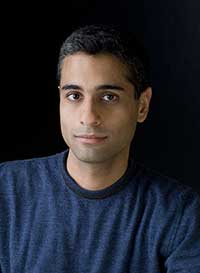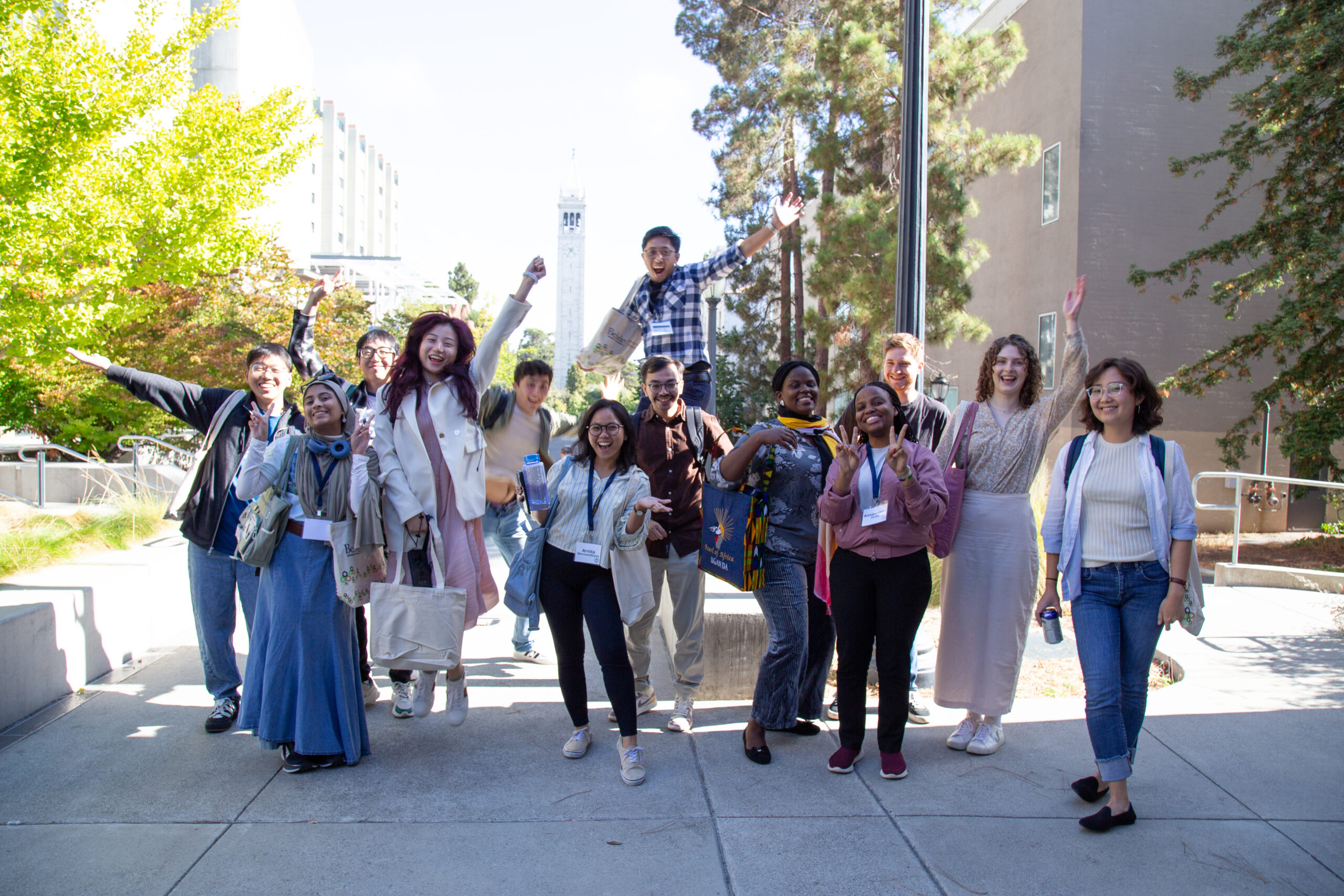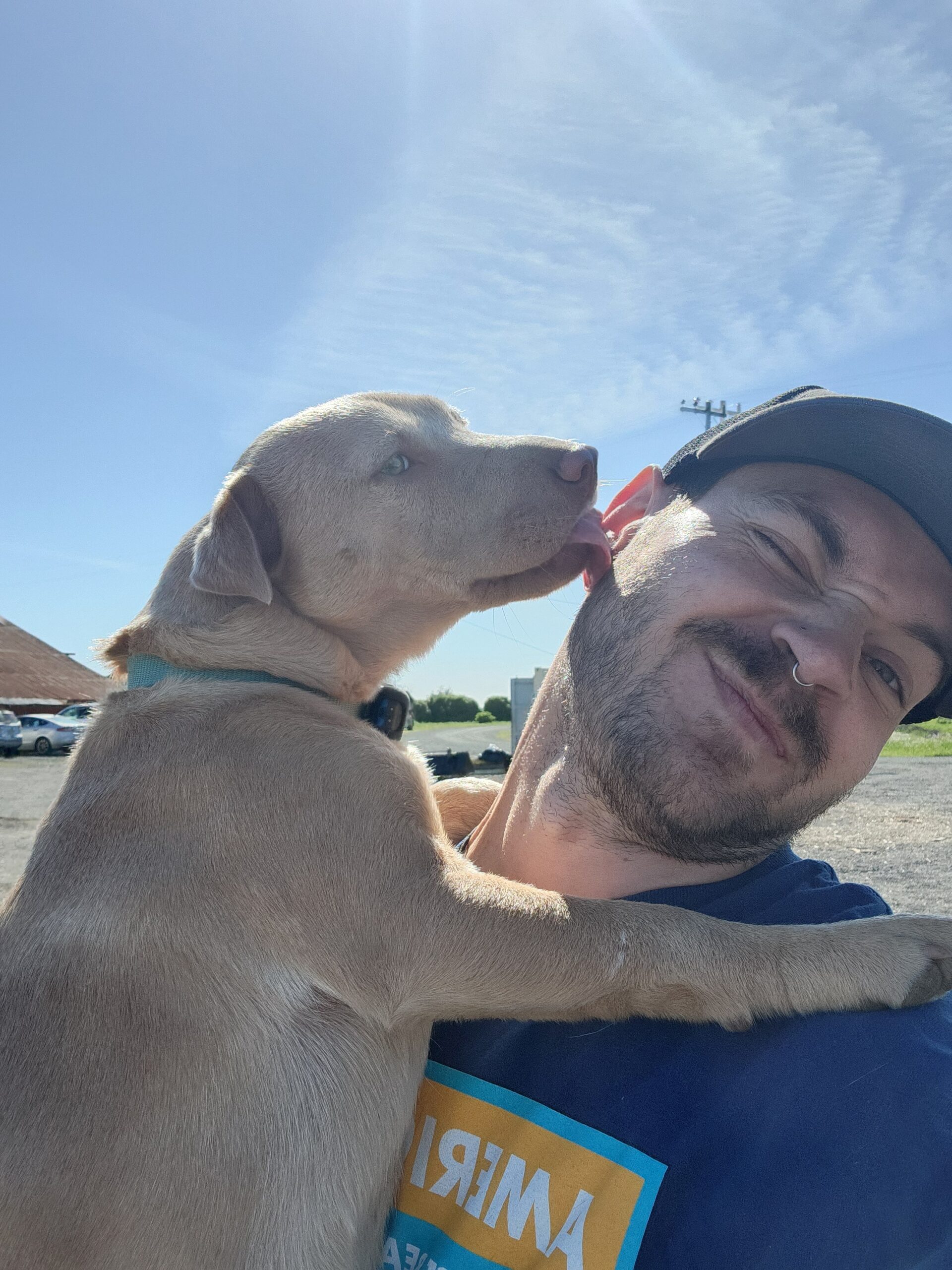By Sarah Bernardo
 Siddharth Kara is a world-renowned expert on human trafficking and modern slavery. He lectures at both Harvard University and UC Berkeley, and advises the United Nations, the U.S. government, and many other governments, foundations, and NGOs on anti-trafficking policy and law. Kara is also the author of two books, the award-winning Sex Trafficking: Inside the Business of Modern Slavery and Bonded Labor: Tackling the System of Slavery in South Asia.
Siddharth Kara is a world-renowned expert on human trafficking and modern slavery. He lectures at both Harvard University and UC Berkeley, and advises the United Nations, the U.S. government, and many other governments, foundations, and NGOs on anti-trafficking policy and law. Kara is also the author of two books, the award-winning Sex Trafficking: Inside the Business of Modern Slavery and Bonded Labor: Tackling the System of Slavery in South Asia.
This semester, Kara is a lecturer at the Blum Center, teaching Global Poverty & Practice 140, “Human Trafficking and Modern Slavery.”
You first witnessed human trafficking the summer after your junior year in college while at a Bosnian refugee camp. You later went on to work as an investment banker and head your own consulting firm. What made you decide to return to the issue of human trafficking?
I had always been heavily impacted by that summer in the refugee camp, and at the time I was just too young to really process the experiences. So it was some years later when I was reflecting on the course of my life that I returned to the issue. I had worked in investment banking and learned quite a bit about the world of finance and economics. But I had always been affected and haunted by that summer. I was curious: are these kinds of things still happening, and if so is anyone doing anything about it? This was the late 90s, and I didn’t see much in the way of research. There were one or two narrative reports, but nothing analysis-based. So I thought, if I’m ever going to try something like this in my life, now is the time. I didn’t have formal training in human rights research, but I had a sense that this was an economic crime and that maybe I could make a contribution. I took my first research trip in the summer of 2000 across East Asia and Central Europe. The things I saw really overwhelmed me, and from that point I became dedicated to trying to understand and tackle the issue.
What is your opinion on the current state of human trafficking research and education?
The current state of human trafficking research and education is leaps and bounds ahead of where it was when I started my research almost 16 years ago. There are actually classes that you can take on the subject. There are books that have been written. Numerous research projects and reports are being conducted by researchers, NGOs, governments, foundations, and the UN. Having said that, there is still a tremendous research gap. The field suffered across the entire decade of 2000 to 2010 from not having sufficient focus on data gathering to understand the issue. For many years, there was a lack of credibility and legitimacy in anti-slavery work as a result of this deficiency. But that is changing now. There is more research being done, however there is still a significant data gap on human trafficking and slavery around the world.
When you are in acting in an advisory role for NGOs or governments, what is the most difficult aspect about addressing trafficking?
It’s very different depending on whether it’s a government or a non-government organization. With governments, much of my interaction has focused on a handful of challenges. One can be that they are generally in denial that their country has a significant issue or an issue at all with human trafficking. If they recognize that they have an issue, they want to frame it as an irregular migration problem and deal with it from a migration standpoint as opposed to a human rights and forced labor standpoint. They may not have enough data or information to guide their policy, or they may be reluctant to allocate the kind of resources that are required to address the issue both from a law enforcement standpoint and also from a victim empowerment and protection standpoint.
With NGOs, they have the passion and the courage to tackle the issue, but they may suffer from not knowing how to do research or how to measure the impact of their projects, which is very important from a donor standpoint. Data gathering and research is crucial to donors there days, and while NGOs are often in the best position to do this work, they may not necessarily be equipped or trained to do it.
There are also a handful of major obstacles to the successful punishment of human traffickers. One is there is a lack of systemic law enforcement focus on the issue. Two, there is a lack of understanding and training in how to identify traffickers. Three, there is a lack of protection and empowerment of victims who are crucial as witnesses to give information on traffickers and trafficking networks.
Do you think a capitalist economic system can ever coincide with the abolition of modern slavery?
I think so. I think market economy principles and economic globalization have to be recrafted into being a slightly more equitable system for all participants and non-participants, but that’s doable if world leaders want to achieve those goals. I think that will go a long way towards ridding the world of many of the push and pull factors that motivate trafficking and forced labor.
You are working on a film adaptation of your award-winning book Sex Trafficking: Inside the Business of Modern Slavery. What is your vision for the film?
I wrote the script for the film. I adapted many real world cases from those that I documented for my first book and from research that I’ve done since then to tell the first truly global and authentic feature film story on human trafficking. It tells the stories of three young women. One is from India, one is from Nigeria, and one is a foster care child in California. You follow their journeys of being trafficked around the world to the same place in Texas, along the way covering Europe and Latin America. The film spans the world because the issue is a global phenomenon, but the film is set here in the United States because the story of domestic human trafficking is remarkably under-discussed. You hear a lot of stories about trafficking in Cambodia, Nepal, India, Moldova, Nigeria, and Mexico, but not so much the United States. That’s starting to change, and I hope that this film sparks a conversation about the human trafficking problem right here in the U.S.
I hope the film will serve as a vehicle for generating new energy and resources to tackle human trafficking here and around the world. In support of these efforts, I will be doing several major events with the film with the UN and several governments around the world as well as NGOs to raise awareness and channel resources where they are needed. It will also have a theatrical release to touch the general audience. It has some fantastic stars in the cast, and I’m really looking forward to its release later this year.
How can average citizens contribute to the fight against modern slavery?
The first thing the average person can do is learn more about the issue by reading books and watching documentaries or films. The more you know the more effective you can be.
Two, spread that knowledge. Raise awareness among your peer groups, friends, co-workers, etc. That is a very tangible thing that people can do.
Three, support an NGO that works on this issue in some way. It could be financially or through volunteer work. It could be to help raise resources so that they can scale their efforts. Supporting anti-trafficking NGOs in some capacity is very important.
Four, engage with elected officials on the issue. Demand that they do more both from a sex and labor trafficking standpoint. In particular, on the labor trafficking side, one of the main areas of focus in the field now is how human trafficking, slavery, and child labor taint global supply chains of the things we purchase every day. I think people can get engaged in demanding that lawmakers set regulations for companies to ensure that their supply chains are untainted.
My report “Tainted Carpets: Slavery and Child Labor in India’s Hand-Made Carpet Sector” was the first major commodity-based investigation of slavery and child labor in the production phase of a commodity. It showed a model of how to do that kind of research and how to trace the products from the point of production to the point of retail sale. It showed you can get a sufficient sample size in cases documented to express prevalence rates of slavery and child labor in the supply chain. It made recommendations about how to clean up the supply chain. Ideally, one would do a series of commodity-based investigations and reports like that. I have a long list that I would like to do such as seafood, conflict minerals, garments, tea, coffee, cocoa, rice, and palm oil.
Five, use all the tools we have today like social media and communication to keep energy and momentum going so that you don’t have people getting excited and working on an issue for a while and then fading into something else. It’s important to use tools to keep people engaged, energized, and motivated.




